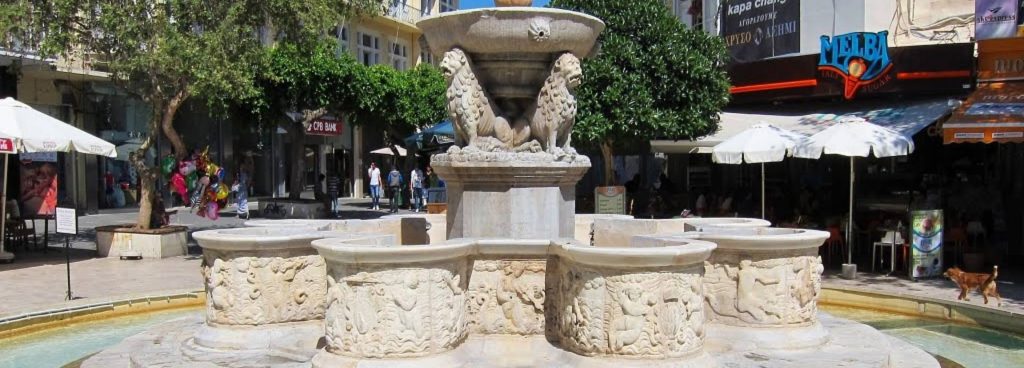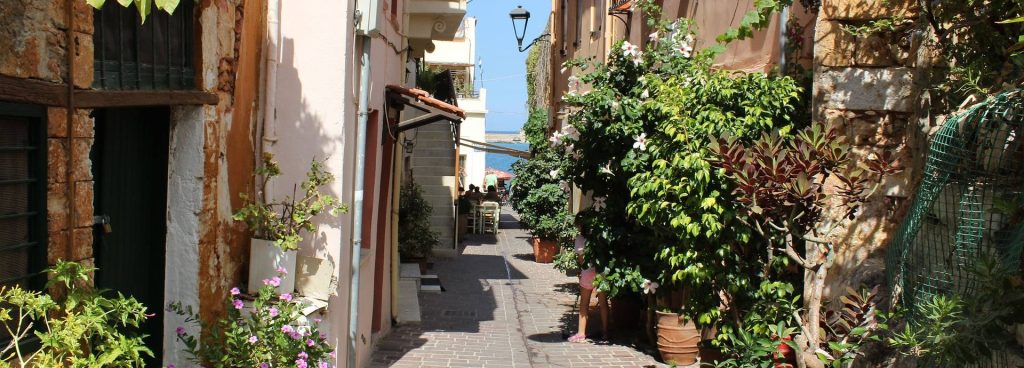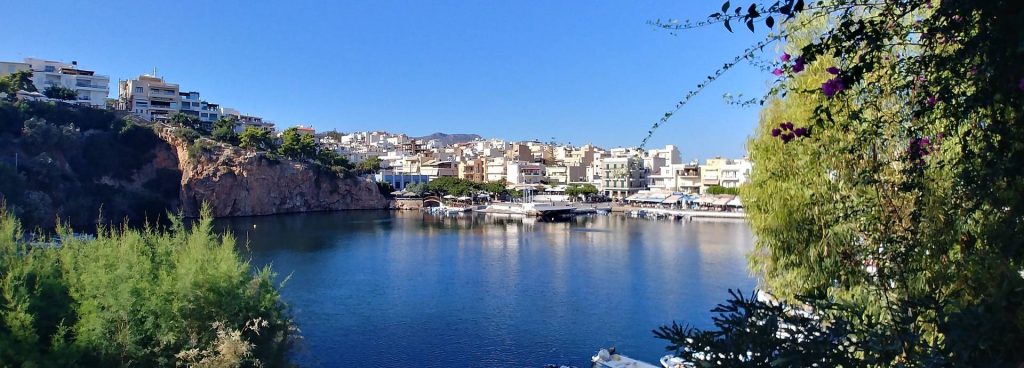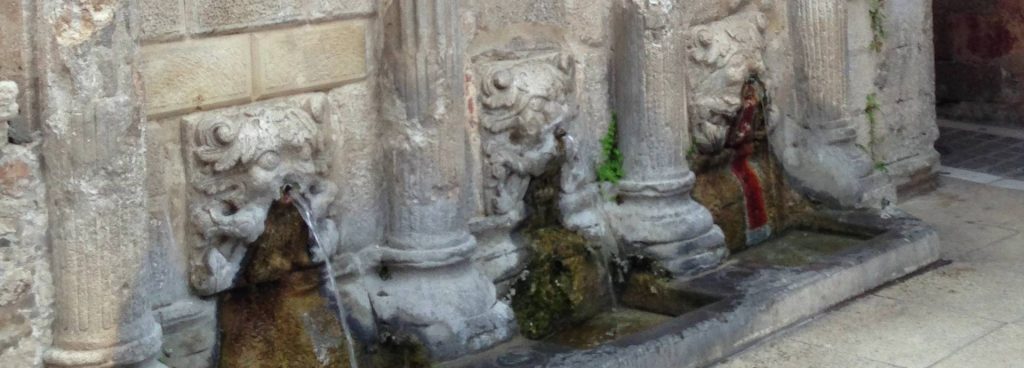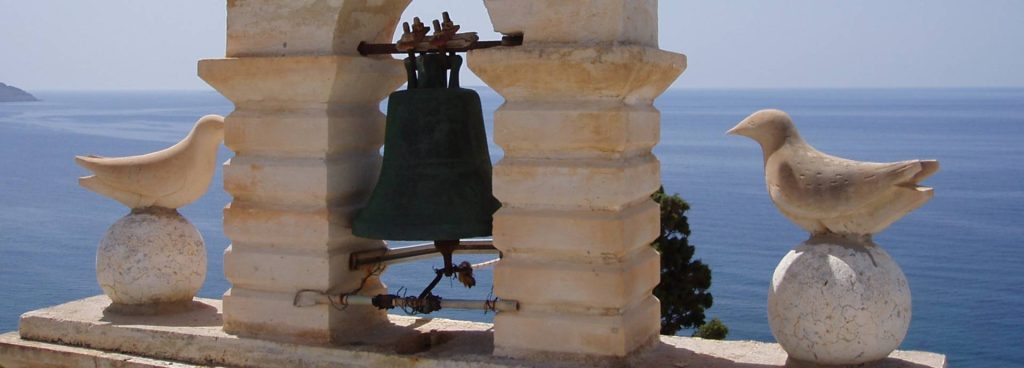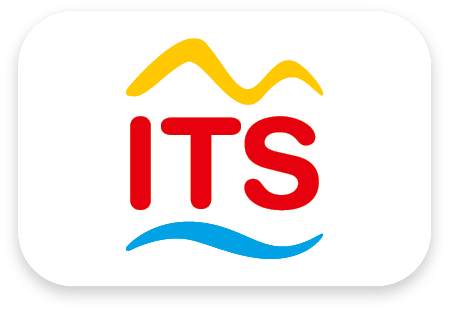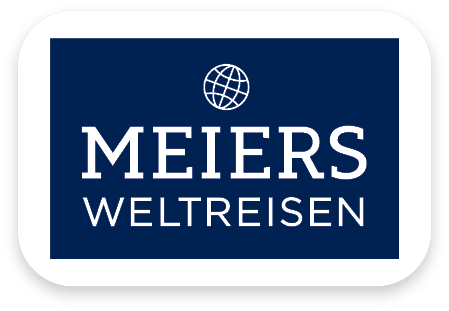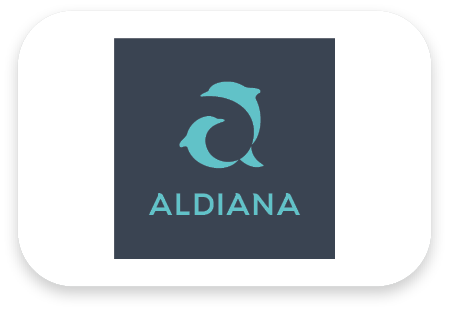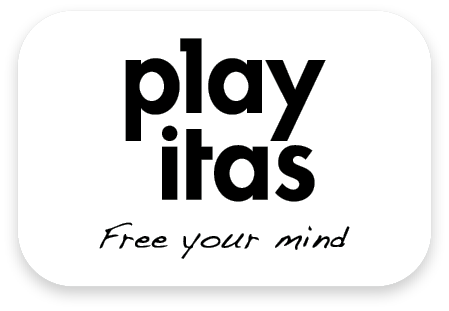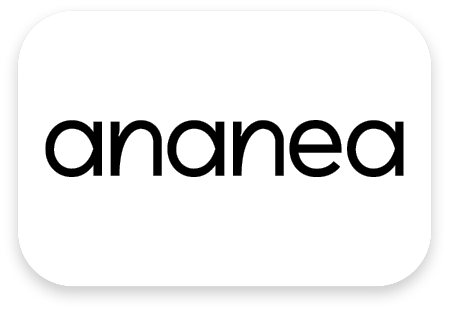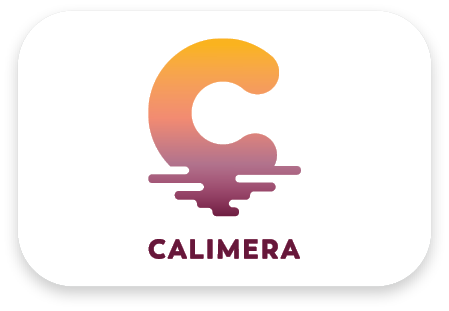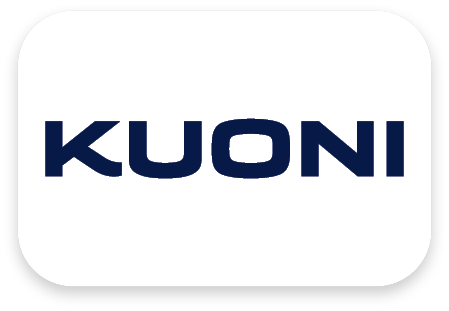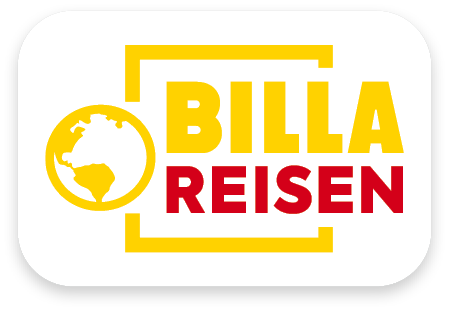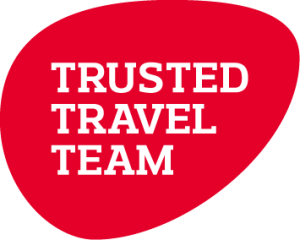A city with a long history
With around 180.000 inhabitants, Heraklion is now the largest city on the island, administrative capital and seat of the Metropolitan (Archbishop). Heraklion is the economic center and main export port of the island, benefiting from its central location on the north coast and above all from the expansion of the port. At the same time it is the hub for tourism.
Today, the cityscape of Heraklion is characterized by brisk construction activity, which is increasingly displacing small alleys and old quarters. Nevertheless, the historical importance of the city can be felt everywhere, not least because of the huge fortress walls, which were once the largest fortifications of the Venetians.
In the Minoan period, the small port of Knossos, which supplemented the main port of Amnissos, was located in today's urban area. When the first Greeks settled here, they named the settlement either Heraklium or Heraklia after their hero Herakles. The seventh act of Heracles, the taming of the Cretan bull and its transfer to Mycenae, reflects the replacement of the Minoan by the Mycenaean culture.
Heraklion only acquired a certain importance under the Saracens. After the recapture of Crete by the Byzantine emperor Phokas in 961, the city was rebuilt as Chandaz and secured with a wall belt.
In 1210 the Venetians took over Crete, renamed the settlement Candia and made it the capital. Huge ramparts were built that could withstand the Turkish occupation (21-1648) for 1669 years. After constant fighting, the city finally fell to the Ottomans. A 200-year period of bondage began for the Cretans. They called the city now Megalo Kastro until it was given its ancient name again, Iraklion, after the Turks withdrew in 1897.

